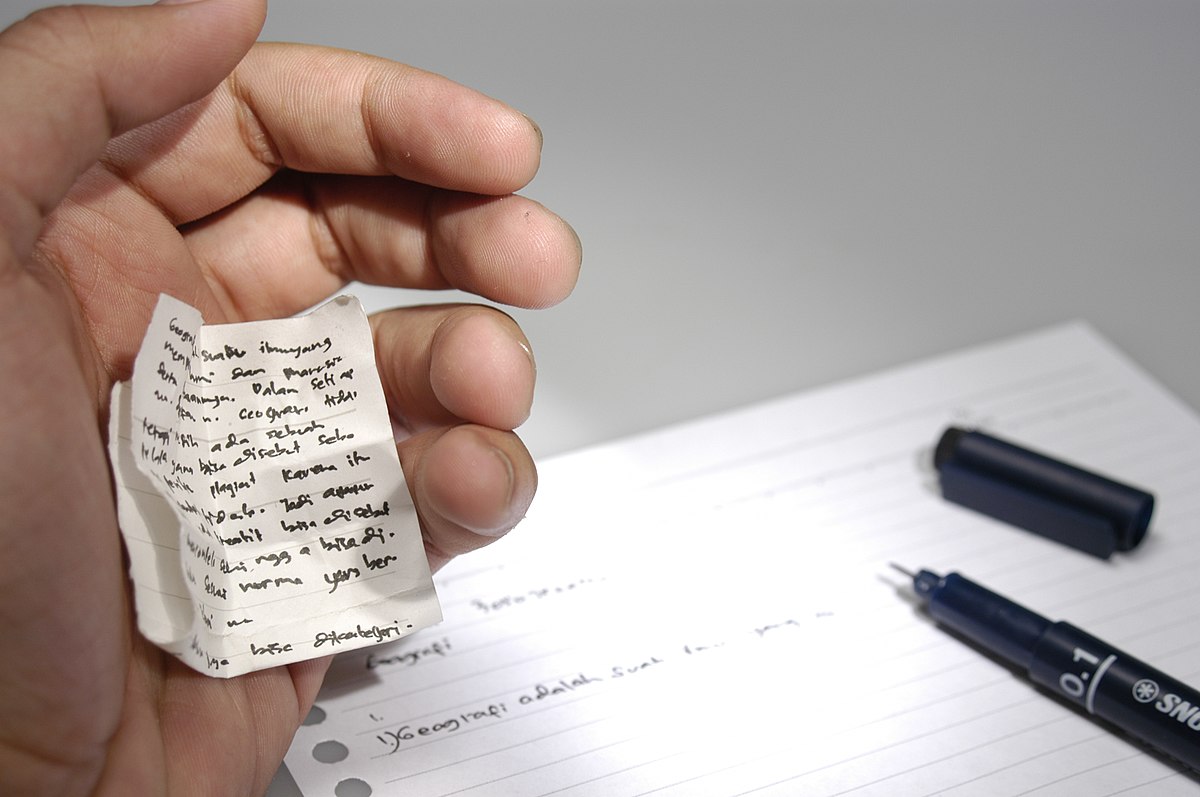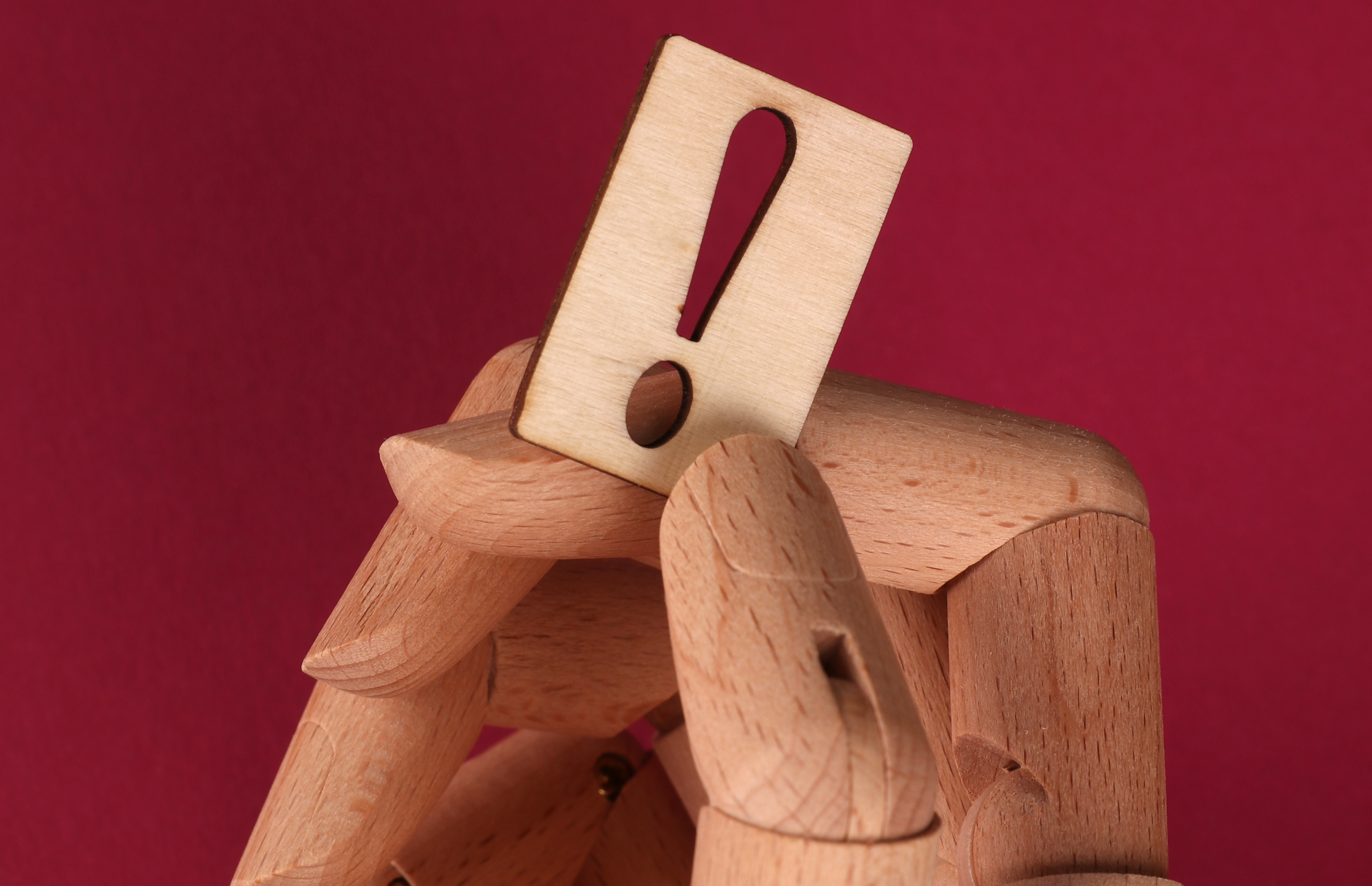Your characters should grab your reader's attention and intrigue and inspire them to keep reading. This is the whole point of fiction writing.
The following text will discuss how you can create interesting, compelling, and unique characters and weave them into a text in a way that engages readers and connects them to the story.
The Dynamic Character
A dynamic character is a character that undergoes substantial change in personality, attitude, or worldview over the course of the narrative.
An example is Neville Longbottom from the Harry Potter series who in his first year plays a minor role, is awkward and perhaps weak, but by the end of the series, he gains strength and confidence, and plays an important role in fighting the Death Eaters and destroying a Horcrux.
Another example is Anakin Skywalker. While Neville’s growth was a positive one, Anakin Skywalker’s was not. He starts off as a promising Jedi but descends into the dark side to become the Sith Lord, Darth Vader.
A third example is Jack from Lord of the Flies by William Golding.
There are four dynamic characters in this novel: Jack, Ralph, Simon, and Piggy, but Jack encounters life-changing experiences that causes his character ro develop and begin to live differently; becoming authoritative, violent, and instinctive.
Dynamic characters undergo inner changes that make them become even more interesting, like a change in their personality or an attitude change.
Usually, well-developed characters are naturally dynamic therefore, protagonists, antagonists, and minor characters can all be dynamic.
The development of a dynamic character is often subtle, gradual and unstated and is not due to a change in the character’s circumstances. A dynamic character learns a lesson or changes as a person either for better or for worse. Dynamic characters are the opposite of static characters; while dynamic characters change throughout a story, static characters stay the same.
Difference Between Dynamic and Round Characters
A dynamic character is one who changes significantly throughout the story, whereas a round character is simply one who is interesting and layered. A character can be round without ever undergoing any changes throughout a story, so characters can be round without being dynamic.
Dynamic Character
|
Round Character
|
| Traits are not defined outright, only referred to as they change over time. |
Traits are complex and described from the start. |
| Describes a change a character goes through. |
Describes the different areas of a character's personality.
|
| Character changes gradually |
Character does not change |
How to Write dynamic Characters
Try these tips to build a method to come up with interesting dynamic characters for your story:
1. Write out the essentials
This can be achieved by creating a character sheet. A character sheet is a dossier that answers questions about the physical traits and personality of each character in your story.
Example: The character sheet for a protagonist who is a student of Medicine might answer these questions:
- Which medical school does she go to, and what kind of student is she?
- What influenced her choice to read medicine?
- What is her religious faith and how does it affect her studies (if at all)?
- Does she have any bad habits or strange quirks?
- How self-conscious or confident is she?
- How frugal is she with her money?
The answers to these questions might not always make it onto the story, but knowing even the smallest details about your characters can have a big impact on your story. Having a list of possible personality traits for your character from the start can help the writer decide which ones would change over the course of your story.
2. Build conflict around character
A character must not always be the "victim of cruel circumstances outside their control". They can be the center of a conflict . A strong conflict might bring a character to a breaking point which would bring about a change. Consider how the character's flaws or specific worldview will keep them from their goal(s). Likewise, consider how the resolution of these issues will bring your protagonist closer to their desires — and to a new state of being.
3. Heighten your characters conflict (internal struggles) by building external conflict
Unless the entire story is a running internal monologue, the character’s internal struggles may not always be obvious to the reader. The writer can show character development through external conflict.
As you write, remember that there is no set-in-stone formula for creating great characters.
If your characters don't follow typical character arcs, you may find it’s harder to nail down exactly how their internal flaws and external conflicts should play out. But even in unconventional narratives, you can almost always rely on these basics.
What does your character want? What’s stopping them from getting it? And will they find the strength to change? These questions will help you craft strong dynamic characters.






